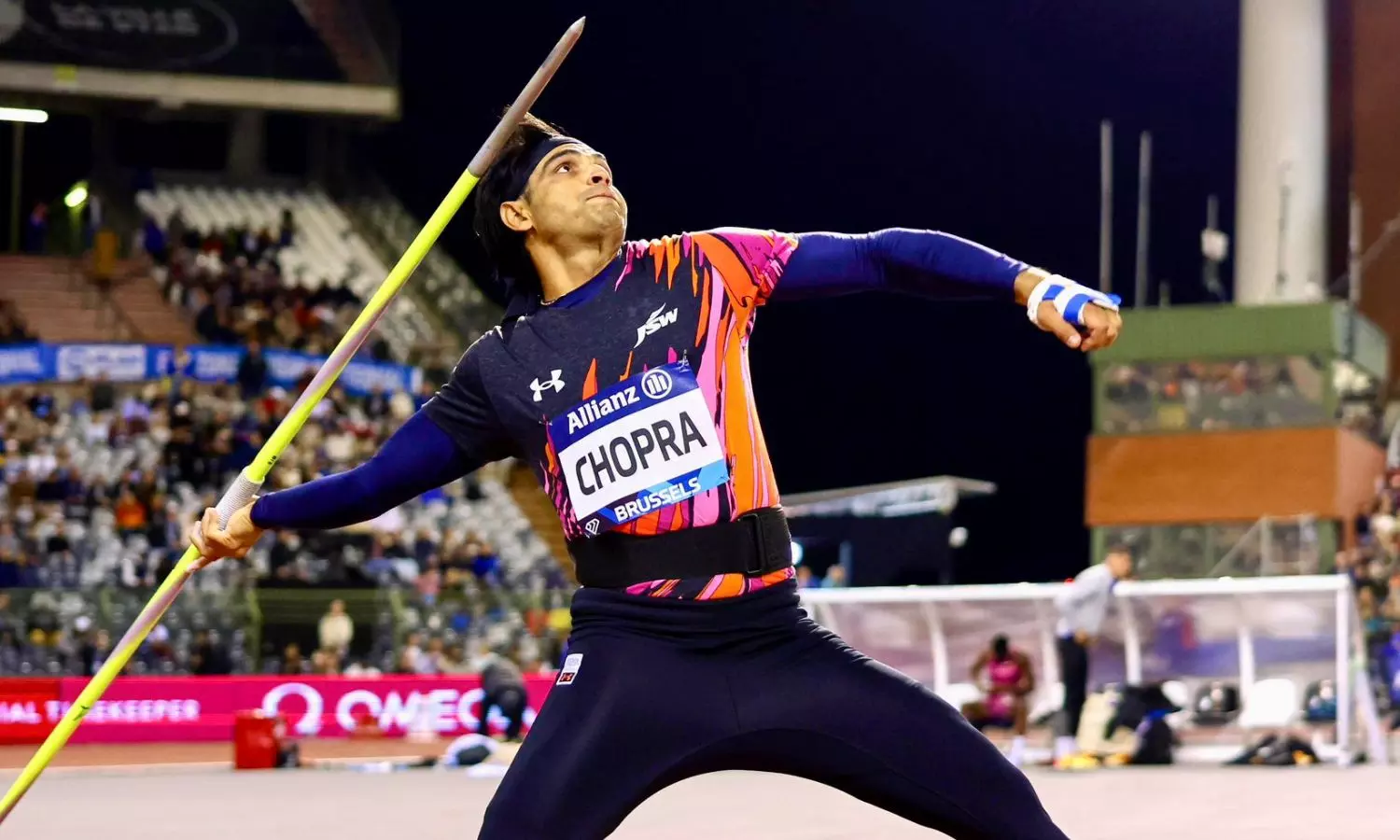Athletics
Why is the Neeraj Chopra Classic a game-changer for Indian Athletics?
NC Classic marks a historic shift in Indian athletics, bringing global champions and top-tier infrastructure to Bengaluru.

Neeraj Chopra (Photo credit: Reuters)
On July 5, 2025, Bengaluru’s Sree Kanteerava Stadium will host an event that could become a defining moment in the evolution of Indian athletics—the Neeraj Chopra Classic.
More than just a high-profile javelin competition, the Classic is a strategic turning point that brings together elite athletes, good infrastructure, and a powerful vision to elevate India’s presence on the global athletics map.
For a country that has long yearned for deeper representation in track and field beyond a few iconic names, this meet is not just timely—it’s transformational.
India’s first World Athletics Gold meet in Javelin.
Named after India’s only Olympic gold medallist in track and field, the Neeraj Chopra Classic is the country’s first World Athletics-sanctioned javelin meet at the Continental Tour Gold (A-category) level.
That status puts the Bengaluru meet in the same league as some of the top international athletics events, making it one of the most significant single-discipline competitions ever held on Indian soil.
The fact that it offers crucial world ranking points means Indian athletes now have the chance to climb the global ladder without needing to compete abroad.
That in itself addresses a long-standing challenge for Indian track and field athletes: access to quality meets that directly impact qualification for global tournaments like the World Championships and the Olympics.
Elite Athletes, global benchmarks
The caliber of the athlete field further underlines the meet’s significance. Alongside Neeraj Chopra, the lineup includes world and Olympic medallists like Thomas Röhler, Julius Yego, and Curtis Thompson—all names who have ruled global javelin charts in recent years.
Watching Indian throwers share the field with such names brings visibility, inspiration, and most importantly, a benchmark.
No longer will young Indian athletes need to rely on YouTube clips to analyze the form of world champions—they’ll get to see it in person, live, on home soil. That kind of exposure accelerates learning and raises expectations for performance and preparation.
Equally important is the infrastructural upgrade that comes with hosting an event of this scale. Originally scheduled to take place in Panchkula, the Classic was moved to Bengaluru because Sree Kanteerava Stadium was better equipped to meet the broadcast and lighting standards mandated by World Athletics.
That move has led to significant enhancements in stadium infrastructure—new lighting, revamped surfaces, improved seating, and broadcast facilities—all of which will benefit Indian athletics beyond this one event.
It sets the stage for India to host more global competitions in the future and potentially even bid for the World Athletics Championships if the organization and execution of the Classic live up to expectations.
The power of visibility
One of the most forward-thinking aspects of the Neeraj Chopra Classic is its focus on television broadcasts and fan engagement.
A high-quality TV production, with top-tier visuals and commentary, can dramatically boost the reach of the event.
For a young viewer sitting in a small town, tuning in and watching Neeraj Chopra compete against global giants could be the spark that lights a sporting ambition.
In a country where cricket has historically dominated the broadcast space, this is an important moment. If done right, the Classic could shift how athletics is consumed and followed in India, opening new doors for fan interest and grassroots participation.
Also, by awarding World Athletics ranking points at home, the Classic removes traditional barriers for Indian athletes, particularly the need for expensive overseas travel. Improved seeding in global competitions, better access to training data, and direct exposure to elite competitors will help Indian throwers chart more consistent progress on the world stage.
It’s a logistical and performance breakthrough that could help Indian athletes qualify more frequently—and more competitively—for top-tier events.
Legacy and commercial viability
The ecosystem around the Classic is equally vital. From sponsors like JSW Sports and BPCL to digital streaming platforms and on-ground fan experiences, the meet is being packaged as a commercially viable property.
That’s key to attracting long-term investment, not only in events but in the athletes and systems that support them.
If athletics becomes a bankable product, it will naturally pull in more private partnerships, improve media coverage, and help the sport expand beyond seasonal visibility.
If this edition succeeds, it opens the door for future editions to include more disciplines, visit more cities, and eventually evolve into something much larger, perhaps even India’s own international athletics festival.
By putting his name to the event, Neeraj Chopra has gone beyond his duties as an athlete. He is now a builder of legacy.
His dream of seeing India host international athletics events is no longer abstract—it’s unfolding. The Neeraj Chopra Classic is a blueprint for how India can reimagine itself as a serious contender in the world of track and field.

